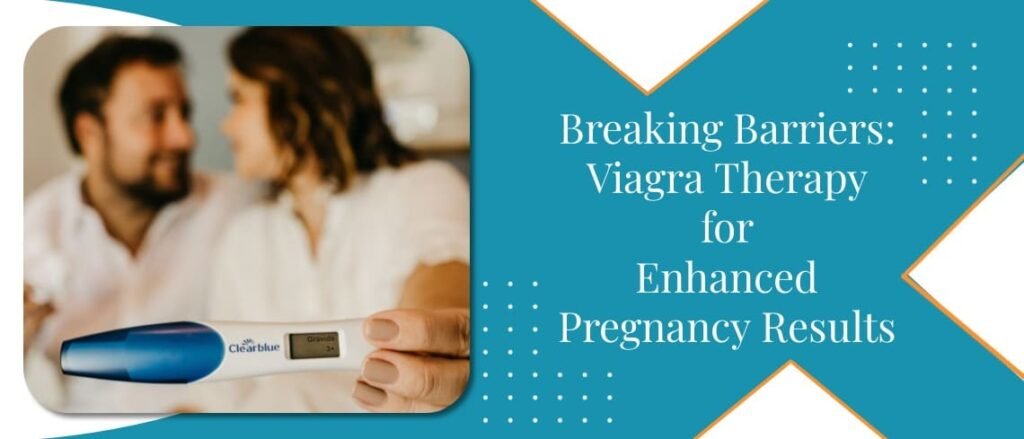Back in 1989, I conducted a study that examined how the thickness of a woman’s uterine lining, known as the endometrium, affected the successful implantation of embryos in IVF patients. The study revealed that when the uterine lining measured less than 8mm in thickness by the day of the “hCG trigger” in fresh IVF cycles, or at the start of progesterone therapy in embryo recipient cycles (such as frozen embryo transfers or egg donation IVF), the chances of pregnancy and birth were significantly improved. In my opinion, an ideal estrogen-promoted endometrial lining should measure at least 9mm in thickness, while a lining of 8-9mm is considered “intermediate.” In most cases, an estrogenic lining of less than 8mm is unlikely to result in a viable pregnancy.
A thin uterine lining typically occurs when the innermost layer of the endometrium, called the basal or germinal endometrium, fails to respond to estrogen and cannot develop a thick enough outer “functional” layer to support optimal embryo implantation and placenta development. The “functional” layer makes up two-thirds of the total endometrial thickness and is the layer that sheds during menstruation if no pregnancy occurs.
The Main Causes of a Thin Uterine Lining (Endometrium)
- Damage to the basal endometrium due to:
- Inflammation of the endometrium (endometritis) often resulting from retained products of conception after abortion, miscarriage, or birth.
- Surgical trauma caused by aggressive uterine scraping during procedures like D&C.
- Insensitivity of the basal endometrium to estrogen due to:
- Prolonged or excessive use of clomiphene citrate.
- Prenatal exposure to diethylstilbestrol (DES), a drug given to pregnant women in the 1960s to prevent miscarriage.
- Overexposure of the uterine lining to ovarian male hormones, mainly testosterone, which can occur in older women, women with diminished ovarian reserve, and women with polycystic ovarian syndrome (PCOS) who have increased LH biological activity. This hormonal imbalance leads to the overproduction of testosterone in the ovary’s connective tissue, further exacerbated by certain ovarian stimulation methods used in IVF.
- Reduced blood flow to the basal endometrium, often caused by:
- Multiple uterine fibroids, especially those located beneath the endometrium (submucosal).
- Uterine adenomyosis, an abnormal invasion of endometrial glands into the uterine muscle.
“The Viagra Connection”
Eighteen years ago, I reported on the successful use of vaginal Sildenafil (Viagra) in treating women with implantation dysfunction caused by thin endometrial linings. This breakthrough led to the birth of the world’s first “Viagra baby.” Since then, thousands of women with thin uterine linings have been treated with Viagra, and many have gone on to have babies after multiple unsuccessful IVF attempts.
Viagra gained popularity in the 1990s as an oral treatment for erectile dysfunction. Inspired by its mechanism of action, which increases penile blood flow through enhanced nitric oxide activity, I investigated whether vaginal administration of Viagra could improve uterine blood flow, deliver more estrogen to the basal endometrium, and promote endometrial thickening. Our findings confirmed that vaginal Viagra achieved these effects, while oral administration did not provide significant benefits. To facilitate treatment, we collaborated with a compound pharmacy to produce vaginal Viagra suppositories.
In our initial trial, four women with a history of poor endometrial development and failed conception underwent IVF treatment combined with vaginal Viagra therapy. The Viagra suppositories were administered four times daily for 8-11 days and stopped 5-7 days before embryo transfer. This treatment resulted in a rapid and significant improvement in uterine blood flow, leading to enhanced endometrial development in all four cases. Three of these women subsequently conceived. In 2002, I expanded the trial to include 105 women with repeated IVF failure due to persistently thin endometrial linings. About 70% of these women responded positively to Viagra therapy, with a notable increase in endometrial thickness. Forty-five percent achieved live births after a single cycle of IVF with Viagra treatment, and the miscarriage rate was only 9%. Women who did not show improvement in endometrial thickness following Viagra treatment did not achieve viable pregnancies.
When administered vaginally, Viagra is quickly absorbed and reaches the uterine blood system in high concentrations. It then dilutes as it enters the systemic circulation, explaining why treatment is virtually free from systemic side effects.
It is important to note that Viagra may not improve endometrial thickness in all cases. Approximately 30-40% of women treated may not experience any improvement. In severe cases of thin uterine linings where the basal endometrium has been permanently damaged and becomes unresponsive to estrogen, Viagra treatment is unlikely to be effective. This can occur due to conditions such as post-pregnancy endometritis, chronic inflammation resulting from uterine tuberculosis (rare in the United States), or extensive surgical damage to the basal endometrium.
In my practice, I sometimes recommend combining vaginal Viagra administration with oral Terbutaline (5mg). Viagra relaxes the muscle walls of uterine spiral arteries, while terbutaline relaxes the uterine muscle itself. The combination of these medications synergistically enhances blood flow through the uterus, improving estrogen delivery to the endometrial lining. However, it’s important to monitor potential side effects of Terbutaline such as agitation, tremors, and palpitations. Women with cardiac disease or irregular heartbeat should not use Terbutaline.
Approximately 75% of women with thin uterine linings respond positively to treatment within 2-3 days. Those who do not respond well often have severe inner ( (basal) endometrial lining damage, where improved uterine blood flow cannot stimulate a positive response. Such cases are commonly associated with previous pregnancy-related endometrial inflammation, occurring after abortions, infected vaginal deliveries, or cesarean sections.
Viagra therapy has been a game-changer for thousands of women with thin uterine linings, allowing them to successfully overcome infertility and build their families.
If you’re facing challenges with endometrial thickness, it’s time to explore the “Viagra Therapy” service at Sher Fertility Solutions. It’s a unique treatment that could potentially enhance your fertility journey. Click here to schedule your consultation with our experts. Let’s turn your fertility challenges into possibilities, together.








